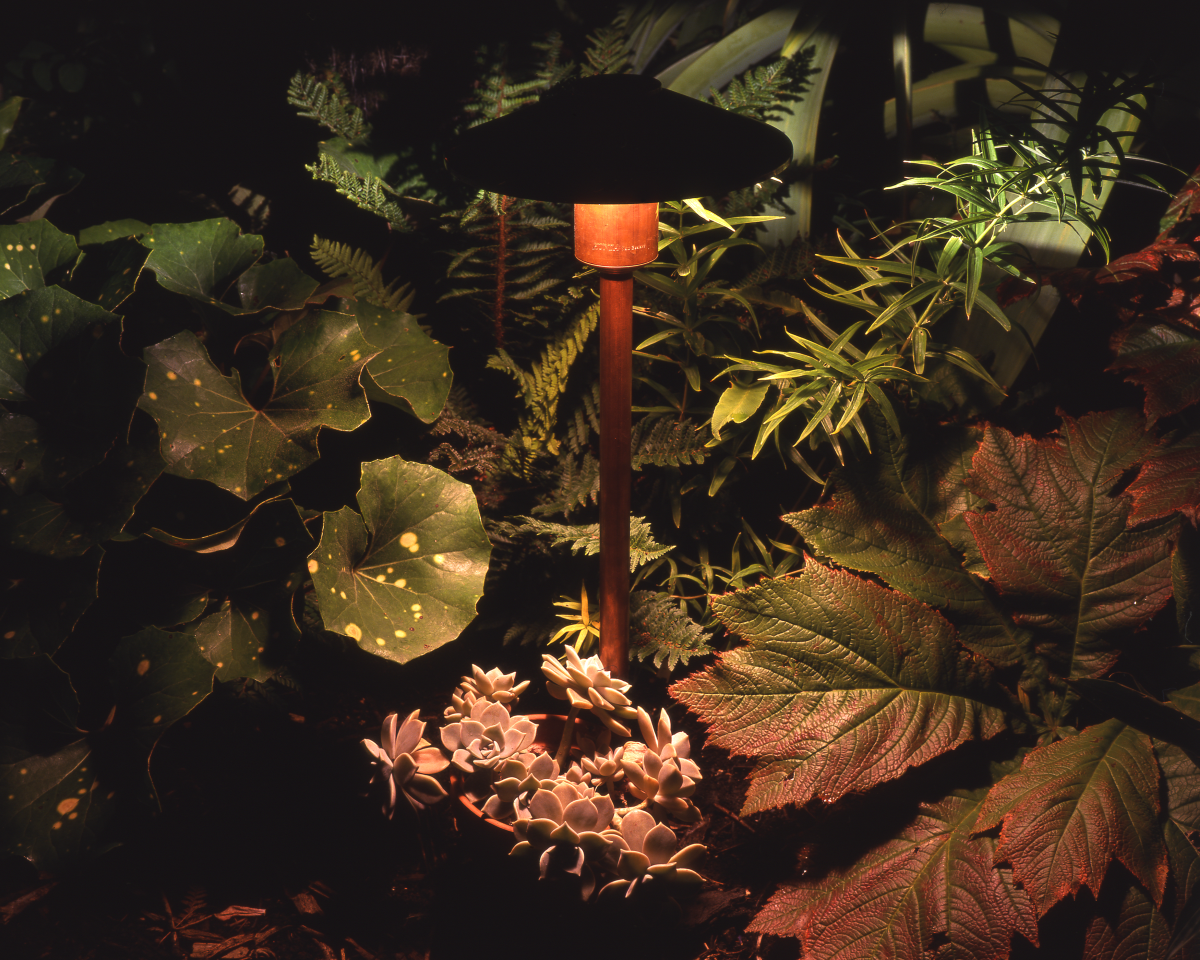Key Considerations for Wildlife-Friendly Lighting
As artificial lighting becomes more prevalent in our towns, gardens, and countryside developments, its impact on nocturnal and light-sensitive wildlife has become a growing concern. Many species, including bats, insects, amphibians, birds, and small mammals, rely on natural darkness to forage, migrate, mate, and navigate their habitats. Inappropriate lighting can alter their behaviour, fragment habitats, and contribute to population declines.
This makes it essential for lighting designers, architects, planners, and homeowners to understand how to illuminate spaces responsibly. In this blog, we explore the key principles of wildlife-friendly lighting, covering colour temperature, peak wavelength, light control, dimming strategies, and fixture selection, so that beautiful, functional lighting can coexist with conservation goals.
Why Light Matters for Wildlife
Nocturnal and crepuscular species (active at night or twilight) have evolved over millennia to thrive in natural darkness. Artificial light at night (ALAN) can disorient migrating birds, delay amphibian breeding, reduce pollinator activity, and interfere with the foraging and commuting behaviour of bats and mammals. Insects, in particular, are highly attracted to artificial lights, leading to exhaustion, predation, or death, a phenomenon known as the “vacuum cleaner effect.”
Reducing artificial light in ecologically sensitive areas is one of the most effective ways to protect biodiversity.
1. Colour Temperature (CCT)
What it is: Measured in Kelvins (K), colour temperature defines the hue of the light source. Lower values (1800K–2700K) appear warm and amber, while higher values (4000K–6000K) appear cool white or blue.
Why it matters: Cooler, blue-rich light is particularly disruptive to both animals and insects. It suppresses melatonin production, disrupts circadian rhythms, and attracts a high number of insects, contributing to ecological imbalance.
Best practice: Use warm-colour lighting of 2700K or lower in wildlife-sensitive areas. Amber or filtered red lighting (especially <2200K) is preferred near water bodies, woodland edges, or migratory routes.
2. Peak Wavelength
What it is: The peak wavelength is the dominant point in the spectrum where the light emits the most energy.
Why it matters: Wavelengths below 560nm (blue/green) are more disruptive to most wildlife. Light in the amber to red spectrum (above 600nm) is less visible or disturbing to many species, including bats, moths, frogs, and birds.
Best practice: Choose light sources with a peak wavelength of 600nm or higher. Red and amber LEDs are especially suitable for lighting in or near habitats with sensitive species.
3. Light Control and Directionality
What it is: How and where light is directed.
Why it matters: Light spill and glare can disturb wildlife far beyond the intended illuminated area. Upward and sideways light contributes to skyglow and habitat disruption.
Best practice:
- Use fixtures that are fully shielded and direct light downward only
- Avoid any unshielded fixtures, globe lights, or floodlights
- Position lights so they avoid illuminating vegetation, water bodies, hedgerows, or known wildlife corridors
Recommended fixture types:
- Low-glare path lights with downward optics
- Recessed step lights
- Wall-mounted fixtures with shielding and no upward emission


4. Dimming and Adaptive Lighting Controls
What it is: Systems that reduce light levels or operate only when needed.
Why it matters: Constant lighting throughout the night is unnecessary in most settings and increases ecological harm. Wildlife-friendly designs aim to use the minimum light necessary for the shortest time possible.
Best practice:
- Install dimmable lights that reduce output during low-activity periods
- Use motion sensors or presence detectors to trigger lighting only when necessary
- Employ timers or smart lighting systems to avoid lighting during sensitive periods (e.g., dusk to midnight for foraging bats and moths)

Summary of Best Practices
| Lighting Feature | Recommended Specification |
|---|---|
| Colour Temperature | 2700K or lower |
| Peak Wavelength | 600nm or higher (amber/red spectrum) |
| Fixture Direction | Fully shielded; downward or horizontal only |
| Shielding | Full cut-off hoods, louvers, or recessed installations |
| Control Options | Dimmable, motion-activated, or timed controls |
| Fixture Types | Path, step, and wall lights with no upward emission |
Designing with Wildlife in Mind
When planning lighting near ecologically sensitive areas, such as woodland edges, wetlands, rivers, hedgerows, and nature reserves, it's essential to assess the potential ecological impact. This should include input from ecologists and follow environmental planning guidelines. Species such as bats, newts, dormice, owls, and migratory birds may all be affected by excessive or poorly directed light.
Lighting plans should align with:
- Local and national biodiversity planning policies
- Wildlife protection regulations and mitigation frameworks
- Guidelines from conservation organisations e.g., Bat Conservation Trust, Dark-Sky International
A Balanced Approach to Light
Artificial light is a valuable asset in the built environment, but when used indiscriminately, it becomes a pollutant. Poor lighting design wastes energy and harms wildlife, but with thoughtful planning, it's entirely possible to meet both human and ecological needs.
To support biodiversity and dark skies:
- Use warm-colour LEDs (2700K or below)
- Choose well-shielded, directional fixtures
- Install adaptive controls like dimmers and motion sensors
- Avoid lighting sensitive habitats entirely where possible
Good lighting is about balance. By respecting the rhythms of the natural world, we can create safe, beautiful spaces that coexist with the wildlife that depends on darkness to thrive.
If you’re considering lighting in or near wildlife-sensitive areas, it’s always best to seek specialist advice. Our lighting design experts can help you develop tailored, wildlife-friendly solutions that meet both your project goals and ecological responsibilities. Whether you’re working on residential, commercial, or public spaces, we can guide you in creating lighting schemes that protect biodiversity while delivering beautiful, effective results.
For further reading about summer garden lighting ideas for outdoors, click here to read our blog.











